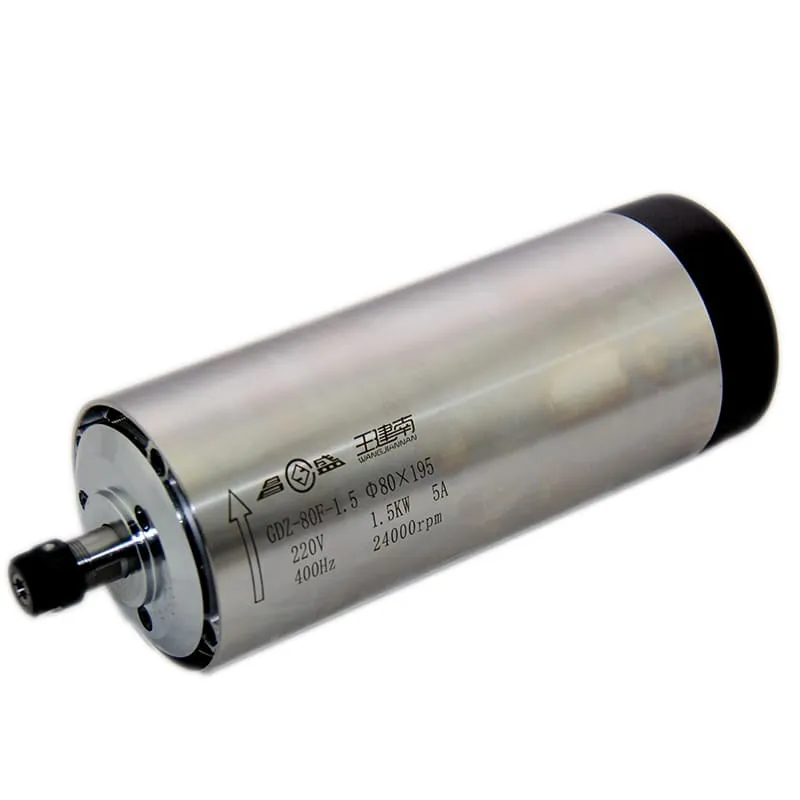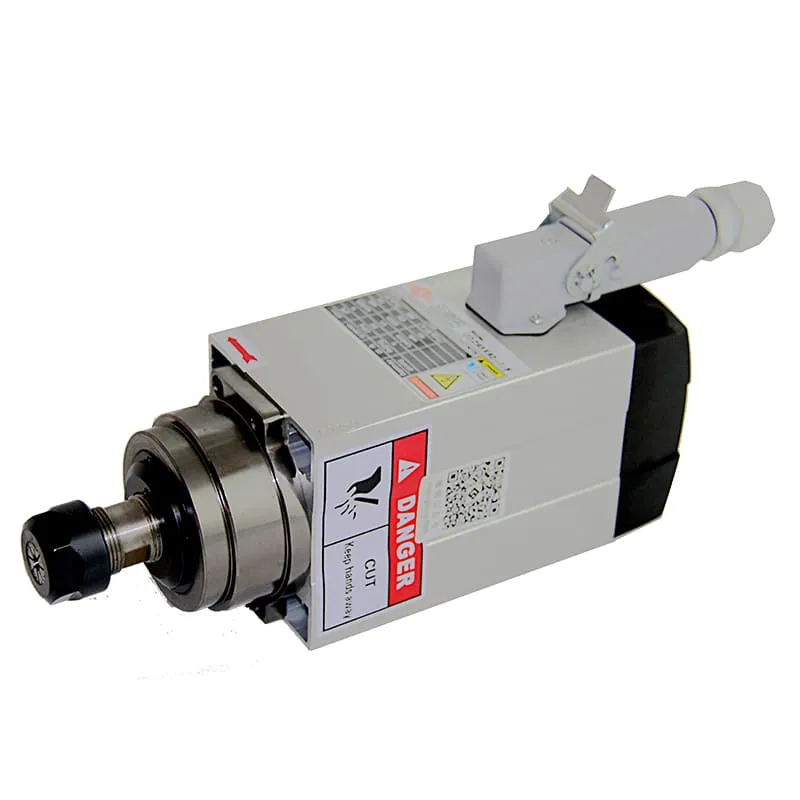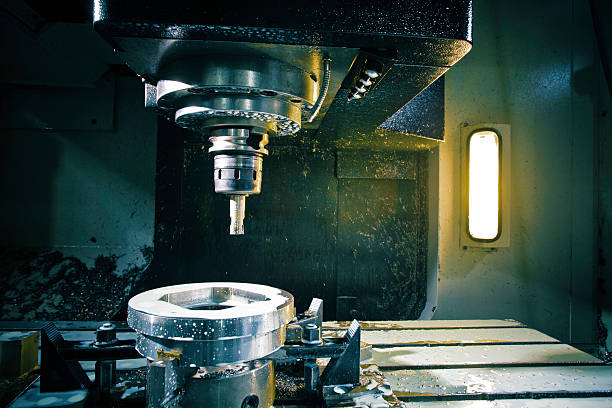What Direction is the Z Axis on the CNC Machine?
The Z axis is one of the most fundamental elements in understanding the working of a CNC machine. Whether you are a beginner getting acquainted with CNC machining or an experienced machinist refining your skills, knowing the directions of various axes is essential. In CNC systems, the Z axis plays a significant role in determining the depth and height of the tool or workpiece, enabling precision cuts and detailed work. This guide will explore everything about the Z axis, from its direction and function to its importance in CNC machining. Understanding the Z axis will significantly improve your knowledge of machine operations and coordinate systems.
Understanding the Axes of a CNC Machine
Before diving into the details of the Z axis, it’s essential to understand the coordinate system used in CNC machines. CNC machines use a three-dimensional Cartesian coordinate system to position the tool and the workpiece accurately. The primary axes are X, Y, and Z, each serving a unique purpose in defining tool movement and machining operations.
- X Axis: Typically, this axis represents the horizontal movement from left to right across the machine bed.
- Y Axis: This axis indicates vertical movement across the machine bed, often from front to back.
- Z Axis: The Z axis is crucial in determining the vertical positioning of the tool, controlling the depth of the cut or drill.
The Z axis is used across various CNC machine tools, including mills, lathes, and routers. While each machine may have a unique setup, the fundamental principles behind these axes are similar. Understanding how the coordinate system functions is key to effective CNC machining.
Explore our 1.5KW ER11 Round Air-Cooled Spindle for enhanced precision in all axis directions.

What Is the Z Axis in CNC Machines?
1. Defining the Z Axis
The Z axis in a CNC machine represents the vertical movement of the tool in relation to the workpiece. Unlike the X and Y axes, which handle horizontal positioning, the Z axis controls the depth of cutting, drilling, or engraving. When the machine’s tool moves upward or downward, it is moving along the Z axis.
- Positive Z Direction: Moving in the positive Z direction usually means the tool or spindle is moving away from the workpiece, increasing the gap between the tool and the material.
- Negative Z Direction: Moving in the negative Z direction typically indicates that the tool is moving downward toward the workpiece, decreasing the distance and making contact for cutting or drilling.
The movement of the Z axis must be extremely precise because it determines the depth of cuts, which directly impacts the accuracy and quality of the final product.
Consider using our 2.2KW ER16 Air-Cooled Spindle for achieving consistent depth control in CNC applications.
2. Importance of Z Axis Movement
The Z axis plays a vital role in almost every aspect of CNC machining. Here are some of the critical aspects where Z axis movement is indispensable:
- Drilling: When drilling holes, precise Z axis control ensures the correct depth, avoiding under-drilling or over-penetration.
- Milling Operations: In milling, the Z axis dictates how deep the tool cuts into the material, which is crucial for creating consistent slots, pockets, or contours.
- 3D Contouring: For 3D contouring, the Z axis moves simultaneously with the X and Y axes to create intricate and smooth surfaces.
“A well-calibrated Z axis is essential for achieving precise depths and maintaining high-quality finishes in all CNC operations.”
How to Set Up and Reference the Z Axis
1. Zeroing the Z Axis
One of the first tasks when starting a CNC operation is zeroing the Z axis. This process, often called setting the work zero, involves defining the starting point or reference point for the Z axis movement.
- Touch Probe: Many machinists use a touch probe to set the Z axis zero. The touch probe is placed on the workpiece surface, and once it makes contact with the tool, it establishes the Z axis reference.
- Manual Method: Alternatively, a piece of paper can be used to manually adjust the tool to just touch the surface of the workpiece, ensuring that it is in the correct starting position.
Setting the correct Z axis zero point is crucial, as incorrect setup can result in tools crashing into the workpiece or machining at incorrect depths.
2. Work Coordinate System and the Z Axis
The Work Coordinate System (WCS) in CNC machines defines where each axis is positioned in relation to the workpiece. The Z axis plays an important role in establishing the height reference.
- G54-G59 Codes: CNC machines use G-codes, such as G54 to G59, to define different coordinate systems. The Z axis values in these systems tell the machine where the surface of the workpiece is.
- Tool Length Offsets: Using tool length offsets ensures that the machine understands the actual length of the tool, adjusting the Z axis positioning accordingly to maintain precision.
Learn more about our 3.5KW ER25 Air-Cooled Spindle to enhance precision in Z axis-related tasks.

Challenges with Z Axis Control and How to Overcome Them
1. Tool Deflection and Z Axis Accuracy
One of the significant challenges in controlling the Z axis is tool deflection. This occurs when the cutting force causes the tool to bend slightly, resulting in inaccuracies, especially at greater depths.
- Solution: Use shorter tools where possible to minimize deflection. Additionally, reducing the cutting speed and using high-quality spindle motors can significantly help in minimizing deflection.
2. Backlash in the Z Axis
Backlash refers to the slight movement that can occur in the Z axis due to gaps in the machine components. This is particularly problematic in older CNC machines.
- Solution: Regularly inspect and tighten all components related to the Z axis movement. Using backlash compensation in the CNC control system can also mitigate this issue, improving accuracy.
Check out our 2.2KW ER20 Air-Cooled Spindle for consistent power delivery and reduced deflection in Z axis cuts.
Z Axis Control in Different CNC Machines
1. Z Axis in CNC Mills
In CNC milling machines, the Z axis generally controls the vertical movement of the spindle. When the Z axis moves downward, the tool comes into contact with the material, cutting or drilling based on the depth and speed settings. The Z axis is critical in determining the success of milling operations such as pocketing, slotting, and surface contouring.
- Vertical Mills: In vertical milling machines, the spindle moves up and down along the Z axis to control the depth of the cut.
- Horizontal Mills: In horizontal mills, the Z axis often moves the workpiece rather than the tool, providing another layer of complexity.
2. Z Axis in CNC Lathes
In a CNC lathe, the Z axis represents the movement along the length of the workpiece. This is different from milling machines, where the Z axis is vertical. In lathes, the Z axis controls how far into the material the tool goes, determining the shape and profile of cylindrical parts.
Explore our 1.5KW ER11 Square Air-Cooled Spindle with Flange for specialized milling and turning applications.

How to Master Z Axis Movements in CNC Programming
1. G-Codes for Z Axis Movements
G-codes are the programming language of CNC machines, and specific G-codes are used to control the Z axis.
- G00: Rapid positioning, which moves the tool quickly to a specified position, including in the Z axis.
- G01: Linear interpolation, used when making precise cuts that require controlled movement along the Z axis.
- G02 and G03: These codes are used for circular interpolation, moving the tool in a circular path along different axes, including Z for creating 3D contours.
Understanding and mastering these G-codes is essential for effectively controlling the Z axis in any CNC machine.
2. Using CAM Software for Z Axis Optimization
CAM (Computer-Aided Manufacturing) software plays a vital role in optimizing the Z axis movements. Modern CAM software can automatically generate toolpaths that optimize the Z axis movement for better efficiency and reduced tool wear.
- Simulation Tools: Most CAM software includes simulation tools that allow you to visualize the Z axis movements before actual machining. This helps in identifying potential issues and correcting them in the programming stage.
- Optimized Toolpaths: CAM software often generates optimized toolpaths that reduce unnecessary movements of the Z axis, thereby minimizing machining time and improving productivity.
Find our high-quality spindle motors for enhanced performance to help you manage Z axis operations efficiently.
Conclusion: The Vital Role of the Z Axis in CNC Machining
Understanding what direction the Z axis is on a CNC machine is crucial for achieving accurate and precise machining results. The Z axis controls the vertical movement of the tool, determining the depth of cuts and playing a central role in the quality of the final product. Whether you’re using a CNC mill, lathe, or router, mastering the Z axis movements is essential for success. From zeroing the axis to using the correct G-codes, each aspect of Z axis control contributes to the efficiency and accuracy of machining operations.
If you want to improve your CNC machine’s performance, consider our range of CNC spindle motors, designed for enhanced precision and durability, ensuring you get the best results from your Z axis and all other movements.
FAQs
1. What does the Z axis represent in CNC machines?
The Z axis represents the vertical movement in CNC machines, determining the depth of cuts, drills, or engravings relative to the workpiece.
2. How do you set the zero point for the Z axis?
You can set the Z axis zero point using either a touch probe or manually by adjusting the tool until it lightly touches the workpiece’s surface.
3. Why is the Z axis important in CNC machining?
The Z axis is crucial because it controls the depth of operations like cutting and drilling, which directly impacts the accuracy and quality of the machined part.
4. What are common issues with Z axis control?
Common issues include tool deflection and backlash in the Z axis. These can affect machining accuracy and should be addressed through proper tool selection and machine maintenance.

